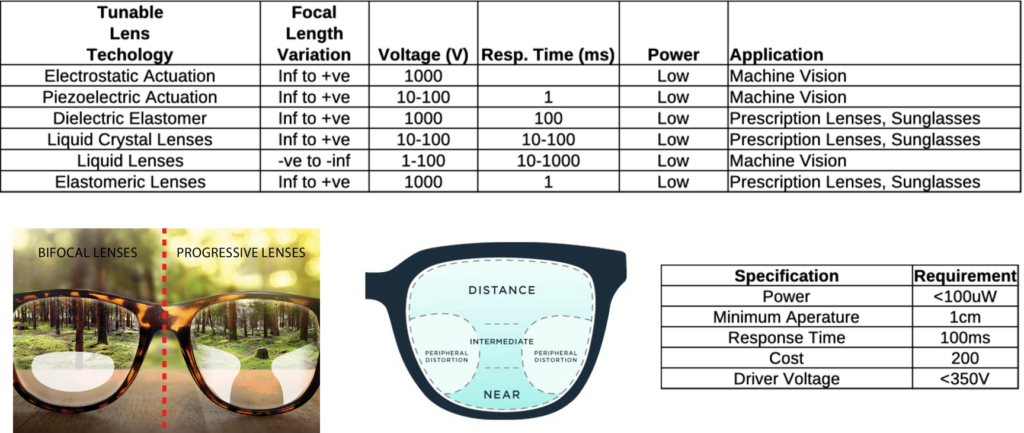Solutions - AR/VR
AIStorm is uniquely positioned to meet the needs of emerging AR/VR
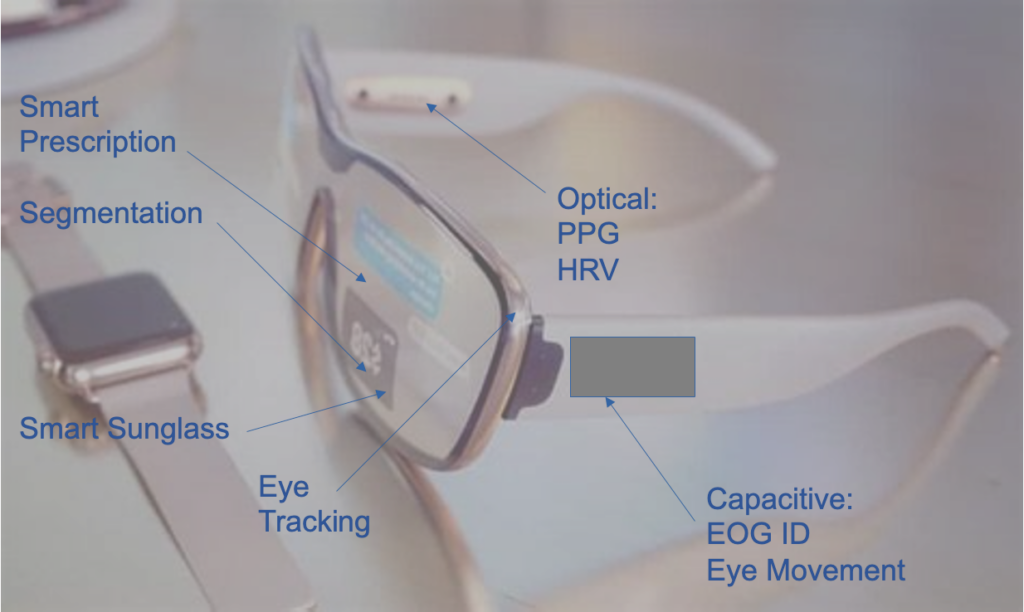
Decades of Experience. AIStorm and its sister company AIStorm has been developing AR/VR solutions for more than a decade. We have partnered on some of the most famour AR/VR developments for companies rangin from FAANG’s to vision insurance companies and glasses makers, to health and industrial AR/VR providers. Our solutions have been featured in the mainstream media through specialty publications.
Weight/Performance Tradeoff. AIStorm has been involved with a number of glasses projects, including some of the most famous. In most cases the battery and power requirement tradeoff destroyed the value of the product. AIStorm has spent years creating solutions that provide advanced functionality in different ways. Examples include: i)low power muscle based identification using the eye muscle; ii) optical PPG extraction from the glasses frame; iii) eye tracking using charge domain ai; iv) in pixel non-comparator based DVS (patented); v) eye an gaze tracking using a combination of camera and eye muscle monitoring; vi) smart perscription control.
Highest Efficiency AI. AIStorm’s charge domain AI is the lowest power AI on the market. As this technology can accept charge input from sensors such as pixels (image arrays) or audio devices directly there is no need for costly ADC conversion. Always on can be implemented using charge domain (analog) inputs without the risk of costly false triggering a digital AI subsystem.
Always-On. Although AIStorm boasts the highest demonstration AI efficiency for its charge domain, the reality is that its the always on power that matters since the glasses spend much of their time waiting. Digital systems are not directly coupled to sensors and therefore a low level wakeup mechanism is needed to turn on a digital AI subsystem. This causes many false turn ons and is one of the biggest efficiency losers both for imaging and audio. AIStorm’s always on uses the technology of pixels and communicates with them directly without ADCs. This reduces false turn ons and saves power.
We Make Pixels. AIStorm makes its own pixels. These pixels are crafted for AR/VR applications and the AI is woven into the image sensor. Our pixels include event driven operation as well as low light and wide dynamic range considerations.
We are the Smallest Solution. By Integrating the AI and the Image Sensor, and creating special flat lenses we produce the smallest possible solutions to minimize the frame size and maximize aesthetics. We are the most vertical vendor, in fact we design image sensors for some of the largest players in AR/VR. As such no one can match our form factors.
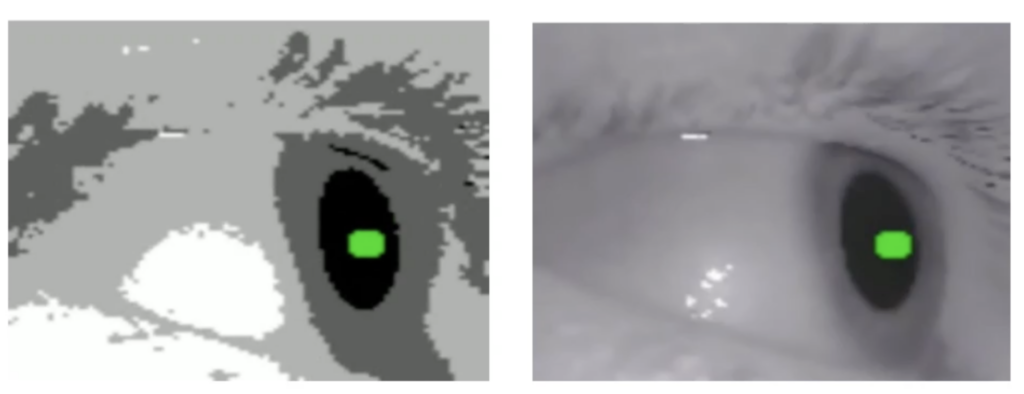
RightSize. AIStorm has produced eye tracking solutions that can operate for 10’s of uA at lower resolutions, and sub 1 degree solutions which require higher resolution. We have tracking solutions capable of up to 1000 fps and other below 100 fps. The important thing is to rightsize for your application. There is not need to oversubscribe resolution, bit depth, or frame rate (or DVS if that is chosen) if the application doesn’t require it. AIStorm can help with optimizing the definition and can use IP blocks to build a solution which is ideal for your application.
Proprietary DVS. Competitors use comparators and large components to implement DVS. If an event based solution is desired, AIStorm’s DVS maximizes pixel fill compared to competitors for better response and low light capability, as well as minimum imager size. Both the pixels and the neurons are event driven meaning they only commutate if changed. This saves money. Despite this capability AIStorm’s neural networks do not need to be neuromorphic in this configuration and popular AI models can be used rather than entering the less well defined neuromorphic realm.
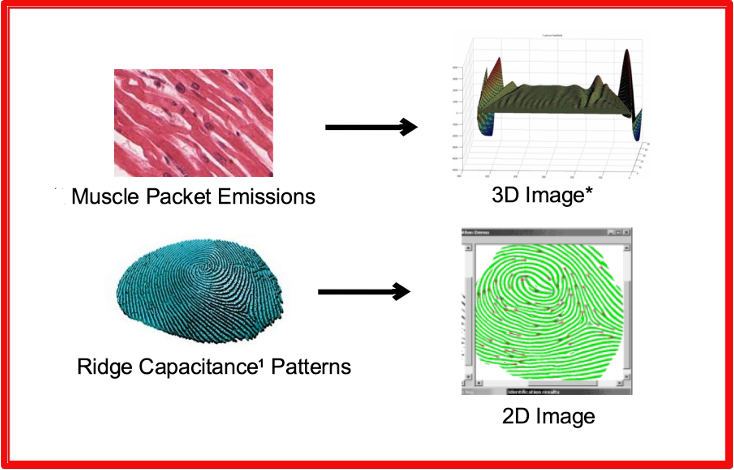
Muscle Based Authentication. One of the challenges in AR/VR is continuous authentication at low power. Eye vein & ultrasound are an option but requires high resolution and is relatively high power, also involving significant processing. Fingerprint and other event based authenticators are not ideal. AIStorm and its sister company Linear Dimensions have spent decades engineering an alternative – muscle based identification. It turns out that the eye muscle (EOG) is an ideal authenticator as it radiates significant EMI and moves much faster than the heart muscle. We use capacitor films that cost almost nothing to conductor the eye muscle radiation from up to 1cm away. The capactive sensing using Chameleon and Mantis & Monarch based wavelet spectral processing is very power efficient. Ask about custom solutions for your project.
Biometrics. AIStorm’s Chameleon, Monarch and Mantis solutions offer real time extraction of PPG, EOG, ECG and in some cases respiration. We can also detect facial muscles such as mouth muscles for navigation and selection. We have also worked on projects involving alcohol detection, glucose and keytones.
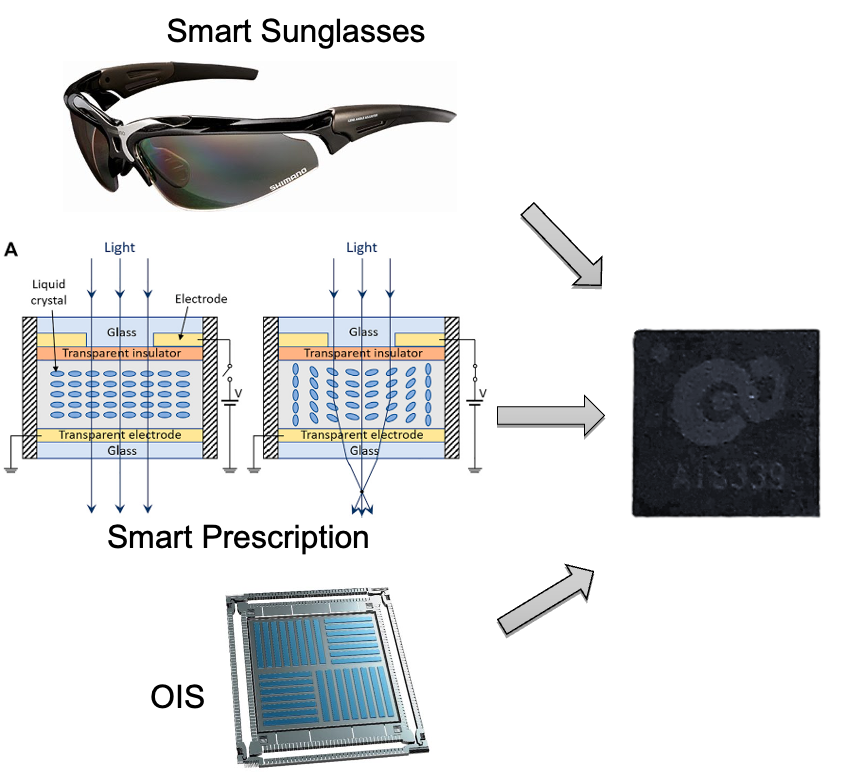
Smart Prescription. Smart Prescription may be one of the “killer apps” for glasses. The only way for this technology to be viable from a power perspective is a high voltage driver. AIStorm and its sister company Linear Dimensions have been making high voltage drivers since the late 1990’s. We have multiple high voltage drivers such as the AIS16 capable of up to 350V and 10nA leakage (yes this is allowed on glasses) through capacitive measurement ICs such as Cobra capable of aF accuracy charge measurements. We also have custom solutions for OIS (optical image stabilization) and other MEMs drivers and interface devices for your specialty needs.
